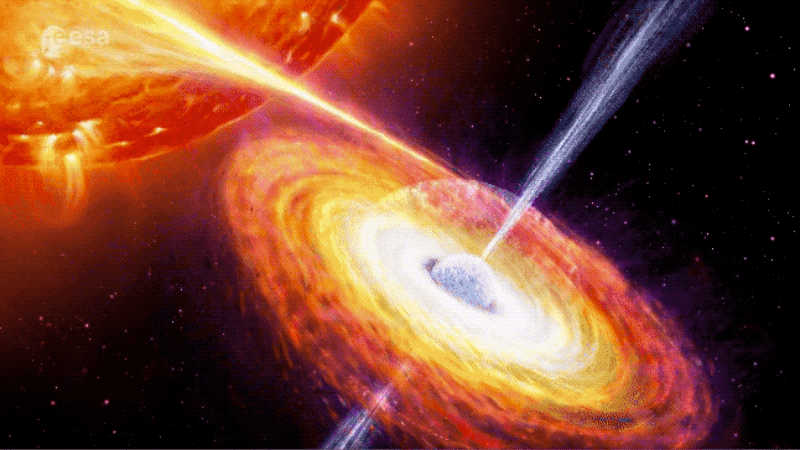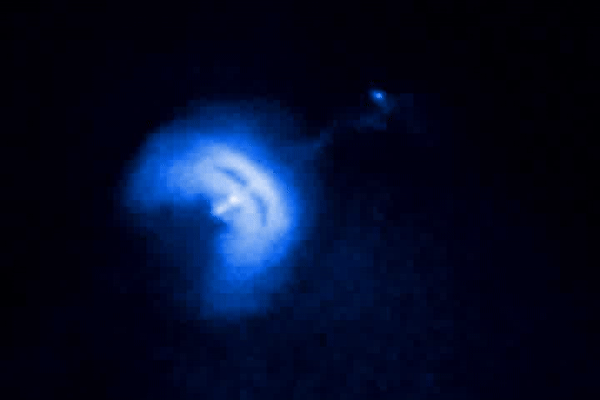The remnants of dying massive stars turn into neutron stars, which are the source of extremely powerful jets of gas and dust moving at breakneck speed. A new study published in Nature has revealed that neutron star jets can reach a third of the speed of light.

When massive stars die, their remnants turn into neutron stars, which are among the densest objects in the universe, only black holes are denser than them. These neutron stars, like their more mysterious relatives, sometimes emit jets of material into space. Jets of neutron stars are usually weaker than jets of black holes, especially quasars, active supermassive black holes in the heart of galaxies, which makes them difficult to observe.
The study showed that the velocity of neutron star jets can reach 114,000 km/s, which is just over a third of the speed of light – the limit for physical objects in the universe. Interestingly, relativistic effects such as time dilation and length contraction begin to occur when the velocity exceeds 1/10 of the speed of light.
This discovery was made thanks to observations of binary neutron stars, where one neutron star extracts material from the surface of its companion, causing thermonuclear reactions and ejections of material into space. To measure the velocity of the jets, scientists observed two neutron stars 4U 1728-34 and 4U 1636-536 in the radio range using a telescope, and in the X–ray range using a gamma-ray astrophysical laboratory. Usually the jets are a constant stream, but when stars explode, they emit bright X-rays, which makes it possible to measure their speed.

These discoveries will contribute to the development of jet formation models, helping to understand how the jet velocity depends on the size and rotation speed of a neutron star. Such research opens up new possibilities for understanding extreme phenomena in the physics of the universe.
Earlier, we reported on how the merger of neutron stars formed the densest object in the universe for a fraction of a second.
According to gizmodo.com
Follow us on Twitter to get the most interesting space news in time
https://twitter.com/ust_magazine


